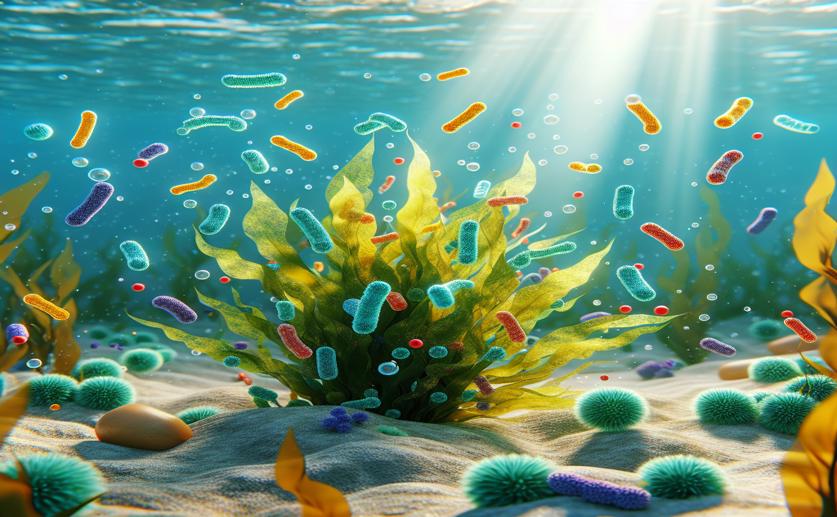
Making Useful Enzymes from Seaweed with Marine Bacteria
Jenn Hoskins
26th February, 2024

Image Source: Natural Science News, 2024
References
Main Study
1) Solid-state fermentation of brown seaweeds for the production of alginate lyase using marine bacterium Enterobacter tabaci RAU2C.
Published 24th February, 2024
https://doi.org/10.1007/s12223-024-01150-7
Related Studies
2) Disruption of the extracellular polymeric network of Pseudomonas aeruginosa biofilms by alginate lyase enhances pathogen eradication by antibiotics.
3) Purification and Characterization of a Novel Alginate Lyase from the Marine Bacterium Bacillus sp. Alg07.
4) Characterization of a New Biofunctional, Exolytic Alginate Lyase from Tamlana sp. s12 with High Catalytic Activity and Cold-Adapted Features.



 3rd February, 2024 | Jenn Hoskins
3rd February, 2024 | Jenn Hoskins